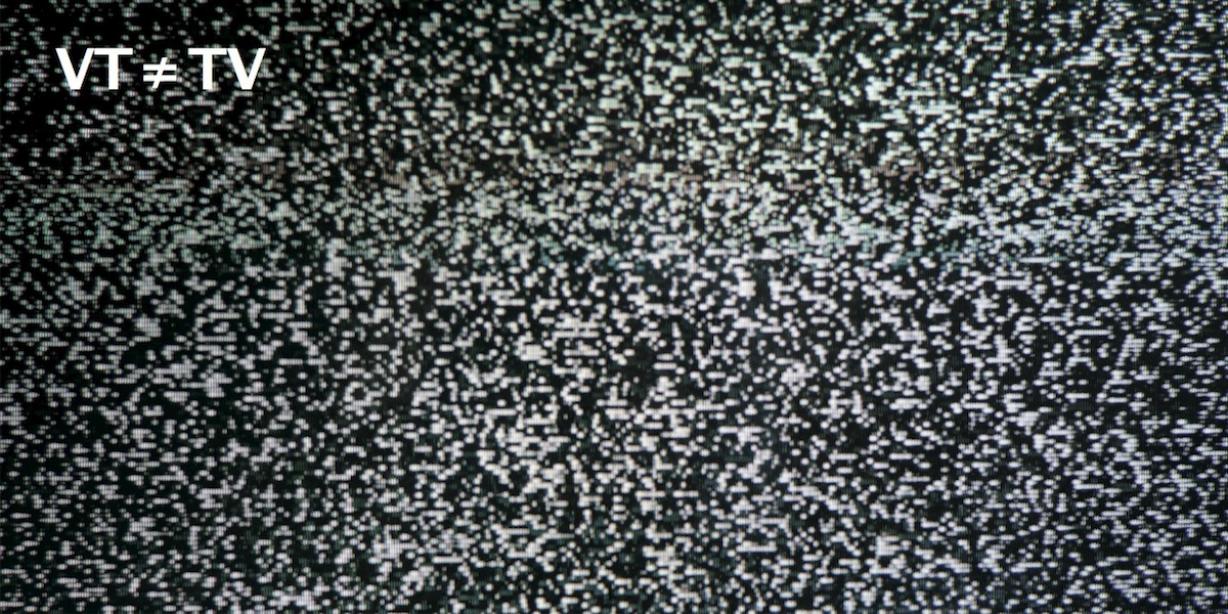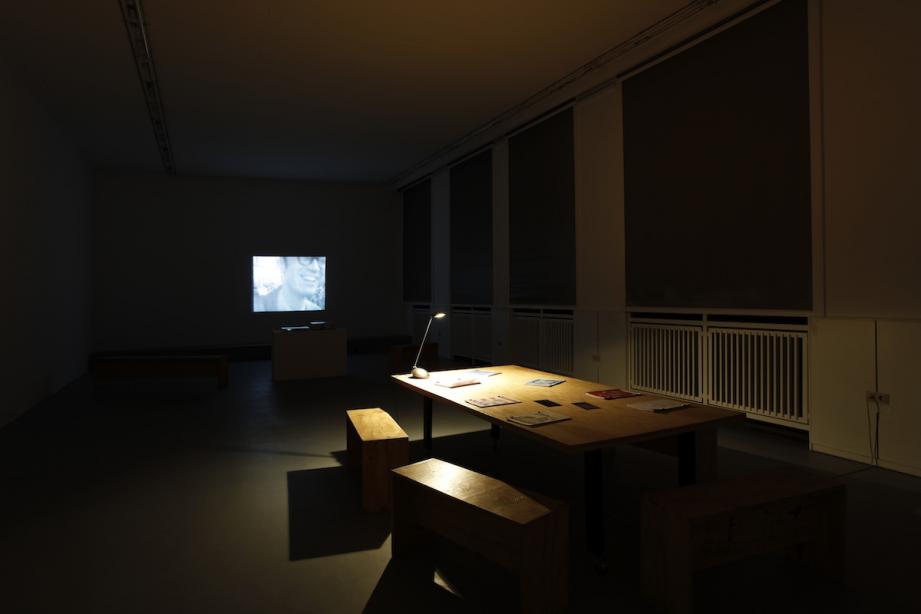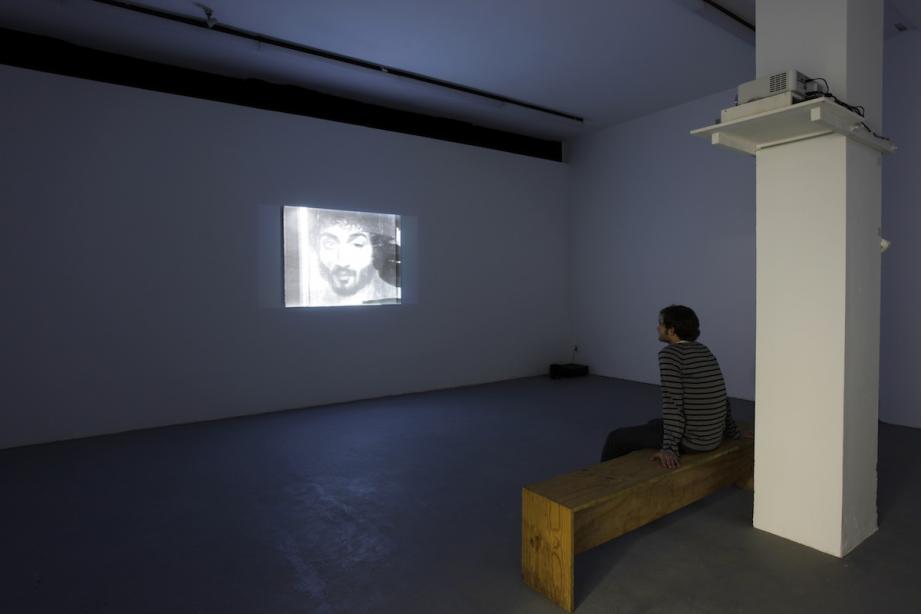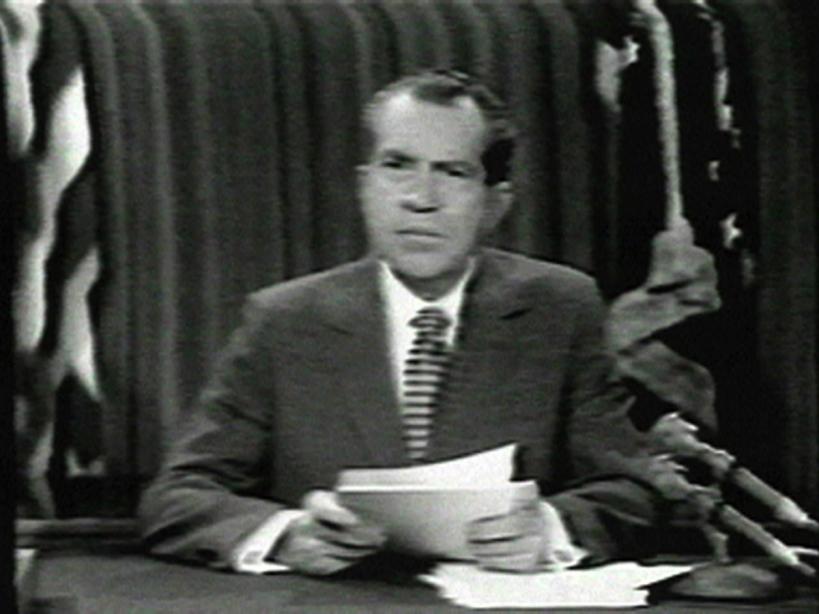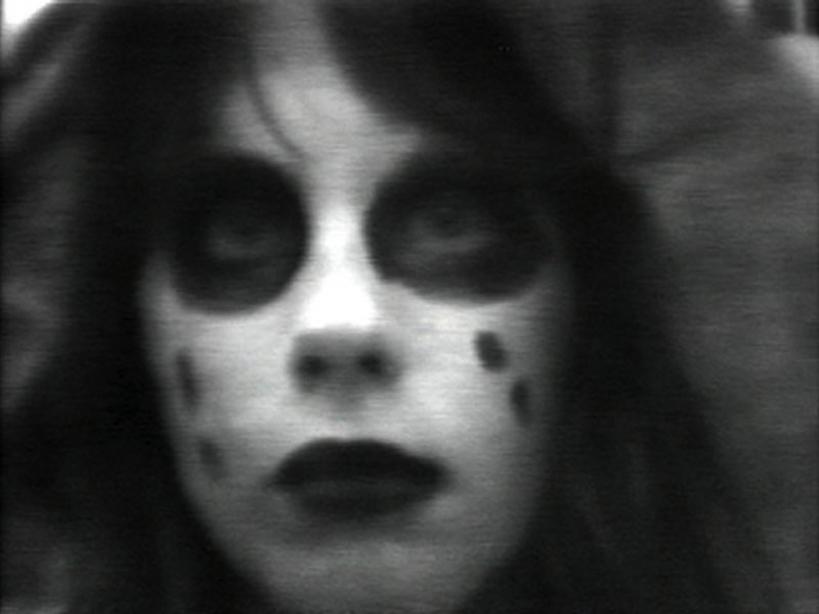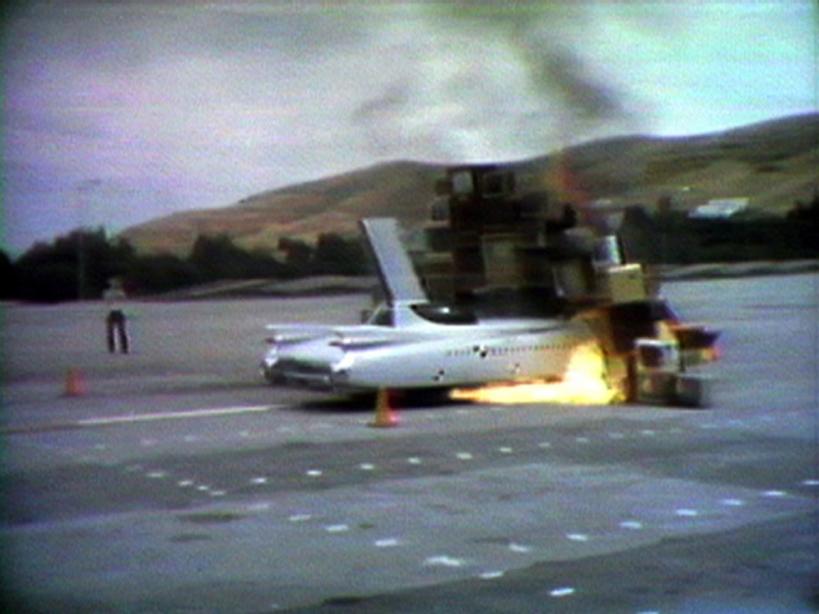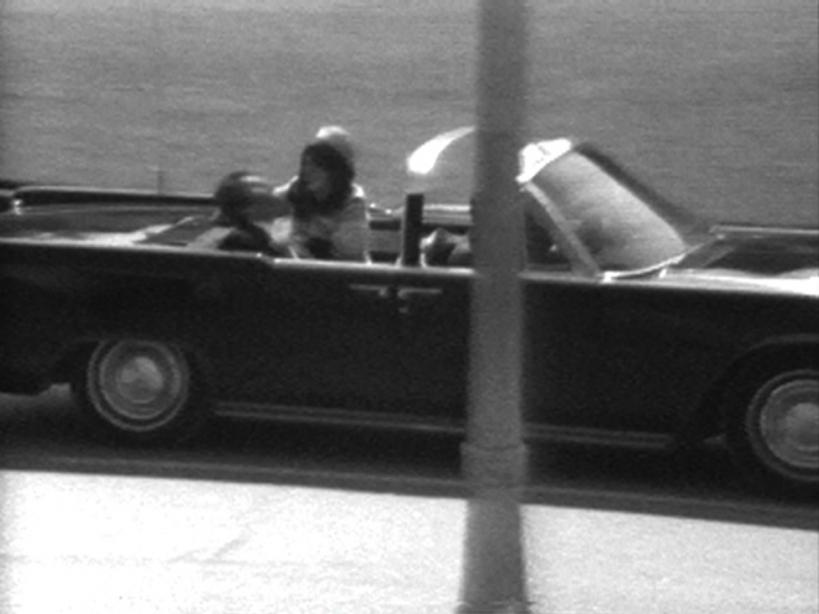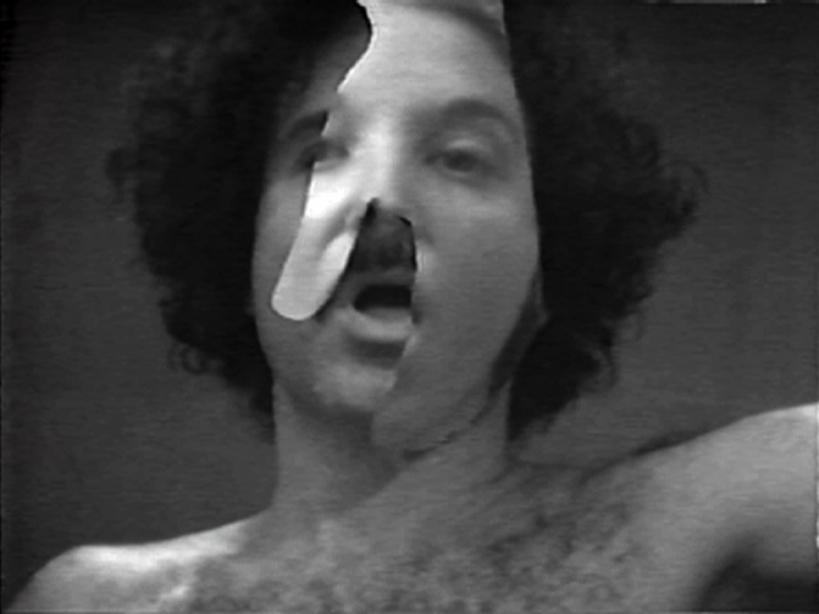You are here
opening
opening hours
tuesday- friday
11:00 - 19:00
saturday, sunday
12:00 - 18:00
location
We are delighted to be presenting the exhibition videotape is not television from Nov. 6-29, 2009.
This group exhibition brings together for the first time in the German-speaking world works by some of the most important US American video collectives of the 1970s.
The works on show display the great diversity of the utopian, participatory, and sociocritical potential unleashed by the new medium of video as it emerged in the years following the advent of portable recording devices.
Early video material, texts, and magazines by four of the major artist collectives active in the USA in the late 1960s and early 1970s are exhibited in the project.
In their different ways the collectives Videofreex, TVTV, Ant Farm, and Raindance illustrate the utopian potential liberated in the early 1970s as the new medium of video art was establishing itself. Operating between agitation and artistic aspiration, the US American video collectives invoked for the first time situationist strategies that had been familiar in France since the 1950s. Within the context of the innovative medium of video, these groups transformed the consumption- and sociocritical trends in US American art production. This opened up new perspectives in the critical exploration of the everyday world in the country’s still young art history, directly questioning social processes that had hitherto played only a marginal role.
The critical aspects of Videofreex, TVTV, Ant Farm, and Raindance reflect these collectives’ interest in the medium’s innovative potential within the visual arts. These groups responded to social and political questions, making them the themes of a new, more diversified concept of art. Reacting to entrenched social patterns in US American everyday life, they mobilized a wide range of documentary and reportage strategies. Other approaches to the same complex of themes were expressive/humorous or performative in nature, primarily opposing the consumerist attitudes prevalent in broad sections of the US American population.
All of these approaches critique the dominance and, in terms of subject matter, one-sidedness of television as a mass medium. The new medium and tool of video opened up opportunities for young artists to experiment with alternative forms in the media propagation of political and social contents. For present-day observers, the utopian potential that young, creative, politically oriented groups detected in video as a medium in the early 1970s brings to mind ideas and conceptions that have since been transferred in a range of fields to the WWW. Comparable expectations underlie the participatory, grass-roots potential of the two media even though historically they lie some thirty years apart. The exhibition illustrates in a variety of ways the extent to which such—possibly inflated—expectations arose in relation to the social potential of video in the early 1970s in commerce, in mass media uses, and in respect of its innovative, participative, and collective uses. Whether and how such justified if also inflated expectations and possibilities apply to the WWW today remains to be seen and constitutes a final question in the project.
